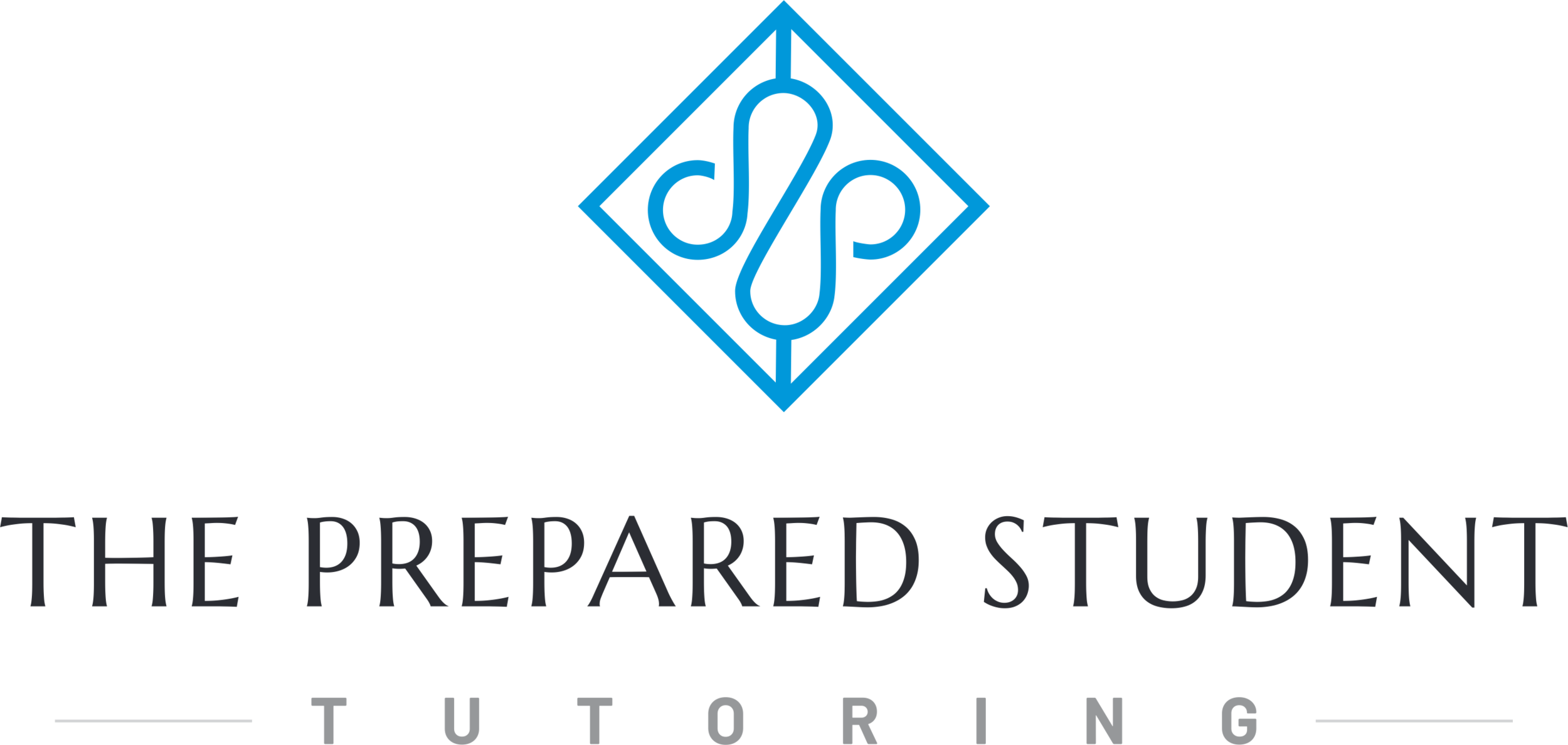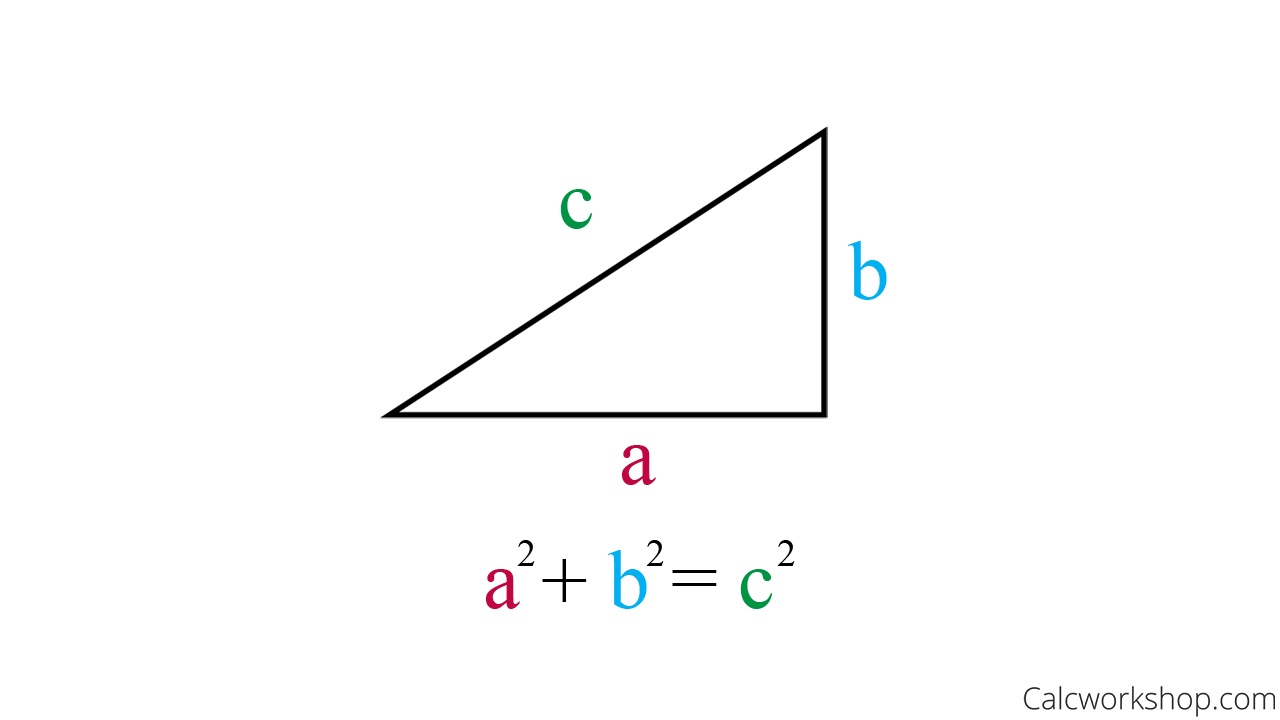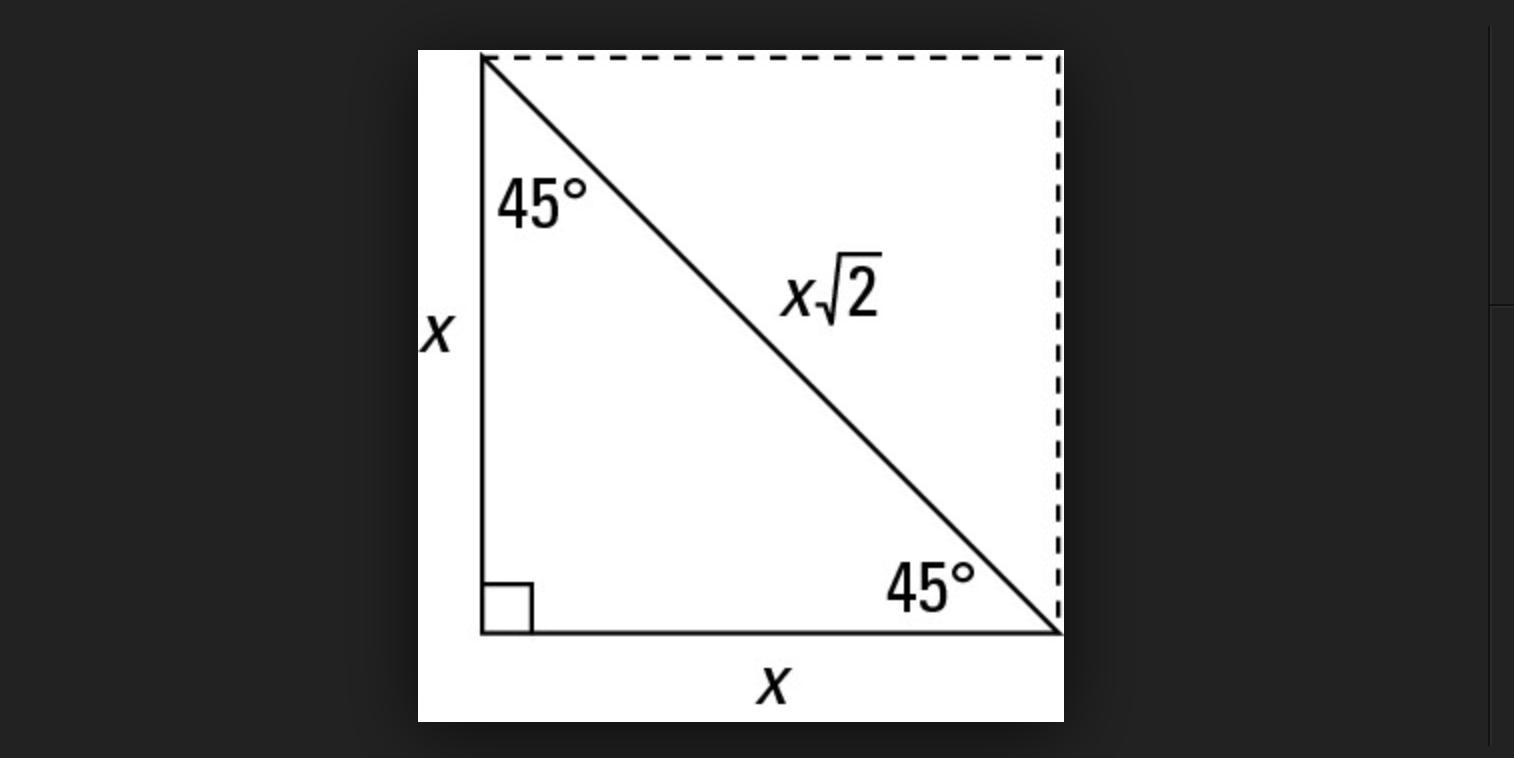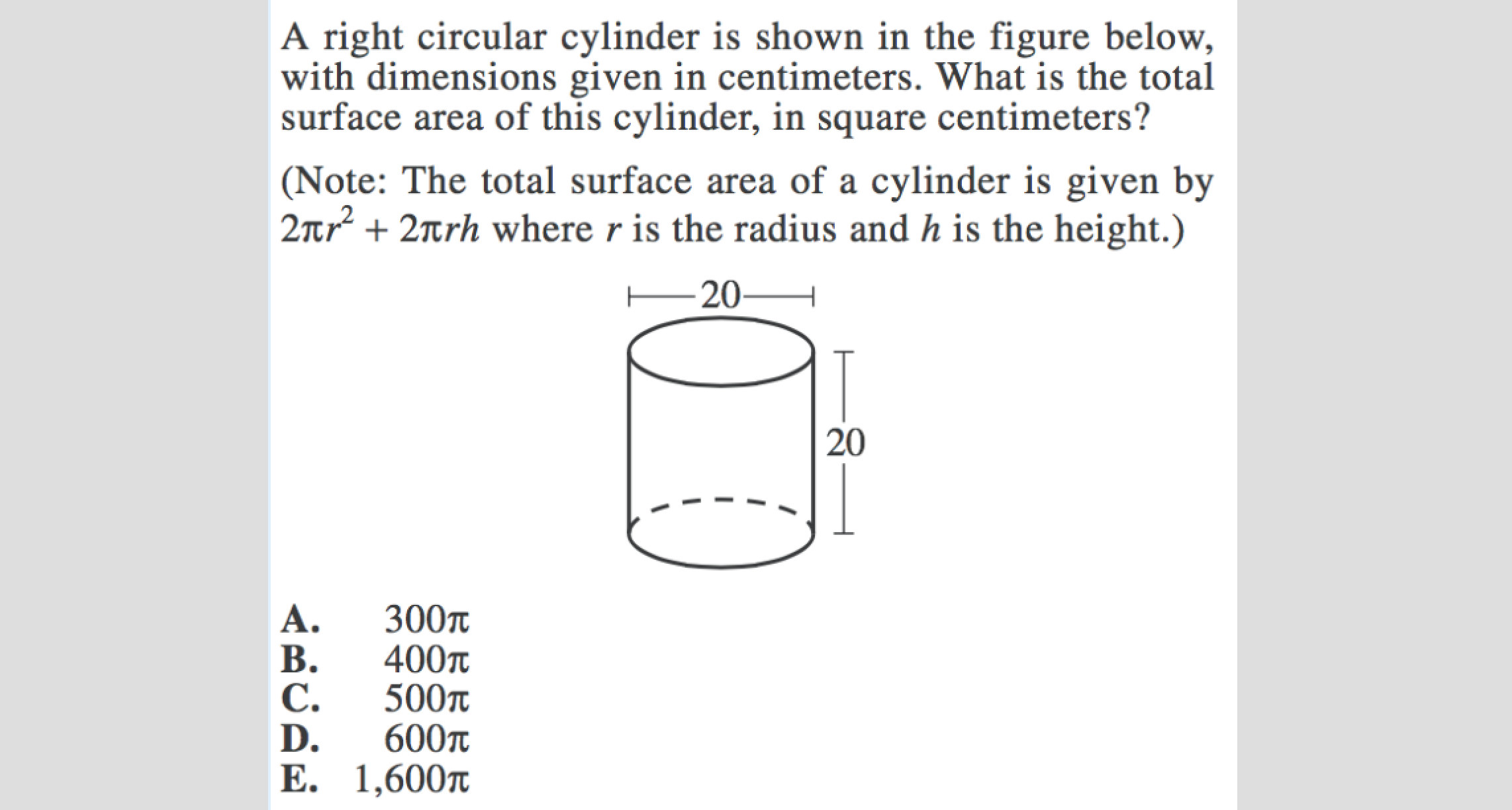ACT Math Prep: The Geometry Equations You’re Going to Want to Have Memorized
Geometry is a BIG part of the ACT math section. In fact, geometry questions make up almost a third of the entire math portion of the test. That being said, geometry success on the ACT relies on the ability to recall and use a handful of equations correctly. Here are the equations that we think you’d be smart to review during your ACT test prep, so you’ll be ready to work through pesky geometry questions on test day.
Of the millions (okay maybe not that many) of different math equations that have been thrown at you over your years in mainstream schooling, it’s important to differentiate between the ones you SHOULD memorize when prepping for the ACT and the ones you don’t need to bother with.
You certainly don’t want to waste time quizzing your equation memorization skills on things that won’t even show up on the ACT, but there are many questions where it will be helpful (or even critical) to be familiar with the equations so you can work through the questions quickly. Geometry is very equation-heavy, and this is a major portion of the ACT.
The ACT math section examines students heavily on geometry. All in all, the ACT math section will consist of about 18 geometry questions (out of 60 total questions). That means almost a third of your entire math score relies on your ability to work through geometry problems.
If you’ve taken a geometry course already, I’m sure you recall that there were a vast number of equations that you had to practice and memorize in your high school geometry class. Thankfully, not all of the formulas and equations that you explored in the past will show up on the ACT. Here, we’ve highlighted some key equations that you’ll want to be ready to apply to ACT math questions.
Once you’re ready, take a stab at our ACT GEOMETRY QUIZ to make sure you’re ready to crush all those geometry questions on test day!
Geometry equations to know for the ACT math section:
Planar (Flat) Geometry:
Flat geometry is pretty simple; it’s like Geometry 101. Think simple shapes and equations that have (hopefully) already been drilled into your brain so many times that you couldn’t forget them if you tried.
Area of standard shapes
Square/Rectangle: Area = Base x Height
Triangle: Area = 1/2 (Base x Height)
Circle: Area = π x Radius^2
Here is a sample planar geometry question. A similar question may show up early on in the ACT exam:
Notice that the question above is not a simple square that the ACT is asking you to find the area of. They’re not likely to be THAT nice on their questions, but you can certainly use the same simple area formula of a square/rectangle noted above to work through this problem. All you need to do is split this shape into two separate rectangles and find the area of each separately, and then add them together.
Perimeter of standard shapes
The perimeter of a shape is the distance around the outside of it. For squares, rectangles, triangles, and other flat-sided figures, you can find the perimeter by simply adding up the length of all of the sides.
The perimeter of a circle is called the circumference. Here is the equation to find the circumference of a circle:
Circumference = 2π x radius
Coordinate Geometry:
Coordinate geometry is geometry that takes place within the coordinate plane (see the photo below). In the coordinate plane, the x-axis values are along the horizontal axis, and the y-axis values are along the vertical axis. Coordinate geometry questions will ask you about lines and shapes and their points within the coordinate plane.
Here are some coordinate geometry concepts that you can expect the ACT to examine you on:
Equation of a line: You will want to be familiar with Slope Intercept Form for the ACT. This is the equation of a line that looks like this:
y = mx + b
The “m” value that partners with the x in Slope Intercept Form is the SLOPE of the line. The value of “b” that hangs off the end of the equation will denote where the line crosses the vertical y-axis.
Take a look at this example:
y = 2x - 4
In the example above, the value in the x spot is 2. That means the slope of this line is 2. The value in the b slot is -4. That means that this equation will cross the y-axis at -4.
You’ll want to be very familiar with Slope Intercept Form for the ACT. You’ll need to be able to decipher what the slope is and what the y-intercept of a line is.
*Hint: The ACT will often give questions that ask about a line, but the line’s equation will NOT originally be in Slope Intercept Form. For this type of question, your first step will be to reorder the equation so that it is in the proper Slope Intercept Form.
Distance Formula: You can use the distance formula to determine the distance between two points on the coordinate plane.
If you plug in the x-values and y-values of two separate points on a coordinate plane, the equation above will tell you the distance between the two.
Midpoint Formula: You can use the midpoint formula to determine the central point between two points you already know.
By plugging the x-values and y-values of points on the coordinate plane into the equation above, you’ll be able to determine the central point between the two points.
As with most of the math questions on the ACT, there is likely to be a different way to correctly work through the question if you are unable to precisely remember the distance and midpoint formulas. One such way is to turn the points into a shape.
Consider the coordinate plane above. There are two points marked, and lets say that the question asks you to determine the distance between the two points. The two points above are (-4 , 5) and (3 , 2).
If you are 100% confident that you remember the distance formula, you can totally use it to help you work through this questions. If not, have no fear! There is another pretty simple way to work through this question.
Since you’ve already been given the points of the line in the coordinate plane, you can turn the line into the hypotenuse of a triangle. Like this:
You can now use the triangle above instead of using just the line. You can determine the lengths of the sides of the triangle by determining how many points are between the ends: the bottom of the triangle starts at -4 and goes all the way to +3, so that’s 7 points, and the side of the triangle starts at 2 on the y-axis and goes to 5, so that’s 3 points.
Now I know that the triangle above has a base of 7 and a height of 3. With that knowledge, I can now use my handy Pythagorean theorem:
Using the pythagorean theorem, shown above, you can determine the hypotenuse (c) of the triangle above, which is the line you originally started with in your question.
The point is that you can always try to approach the question from a direction different than the one that seems “right.” Remember that nowhere on the ACT is your ability work through the questions and equations tested; you’re simply scored on whether you can get to the right answer.
Miscellaneous geometry that SOMETIMES show up:
30-60-90 triangle: When you KNOW that the interior angles of a triangle measure 30 degrees, 60 degrees, and 90 degrees, you can use the equation below to determine the different side lengths.
45-45-90 triangle: When you KNOW that the interior angles of a triangle measure 45 degrees, 45 degrees, and 90 degrees, you can use the equation below to determine the different side lengths.
Solid Geometry (3D geometry)
Solid geometry questions will ask you about a 3-dimensional shape. This might be a cone, a sphere, or a cylinder. These questions will show up later on the exam. Here is a sample question:
Notice in this example above that the ACT is actually GIVING you the equation that you need to work through this problem. This is something that the ACT is known to do if working through the problem requires a formula that students are not expected to know for the exam.
For this question above, since you know the diameter of the circular top of the cylinder is 20, you can assume that the radius is 10. You also are given the height of 20. Just plug those numbers into the equation and you’re done.
The ACT won’t walk you through every solid geometry question like it does the one above. However, you’ll be smart to remember that you should try to break the shape into multiple different shapes that you know how to deal with. Think of a cone as a circular base and a triangular body. You get the idea. Think outside the box, and use your reasoning and problem-solving skills to work through harder-level math problems that get thrown your way on the ACT.
Higher-level geometry questions
There are going to be a few higher-level geometry questions that show up on the ACT as well. These will mainly consist of multi-step problems on the same topics and concepts that we’ve noted above. Since there’s no way to know EXACTLY what types of shapes and geometric concepts the ACT will throw at you toward the end of the ACT math section, it’s best to spend your time focused on the information that you know will show up frequently on the test, which we’ve noted above.
Success on the math section of the ACT depends pretty heavily on your ability to work through geometry problems. Take some time to refresh your brain on the different equations you’ll need to know and how to use them.
Think you’re ready to defeat the geometry questions on the ACT?
Take our quiz to find out!
Looking for more ACT Math support? I’ve compiled a FREE guide of all the key formulas that you’ll want to have memorized for test day. You can access the guide below.
INTERESTED IN TUTORING OR COUNSELING WITH ABBY?
Working one-on-one with a test prep & college counseling expert can help you maximize your score on test day and get accepted to your dream school. Whatever your college prep goals, I can help!
I want more information! - Fill out the information in the link, and I will reach out soon.
I want to sign up! - Set up online lessons using the link to my scheduling system.













